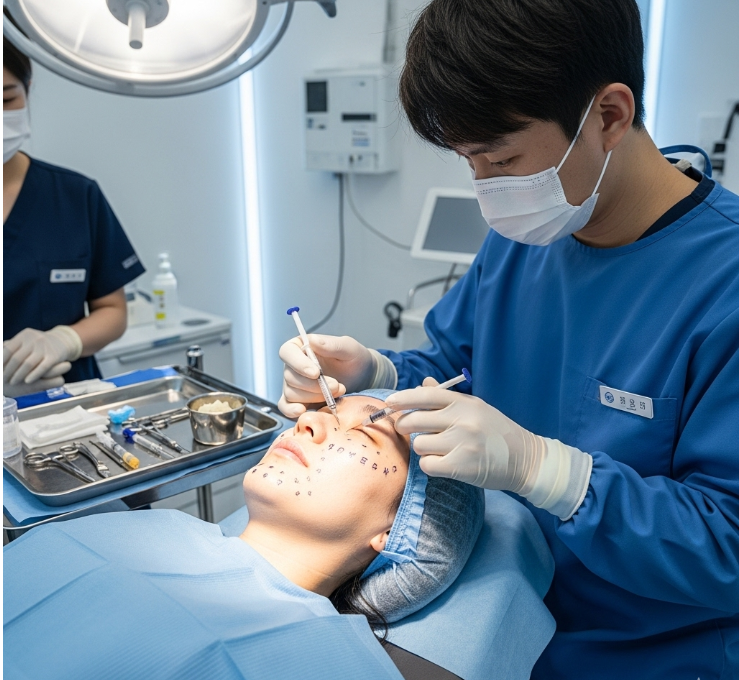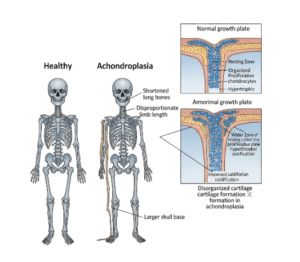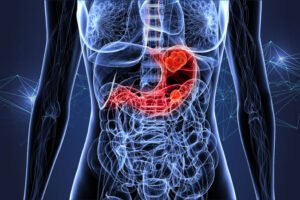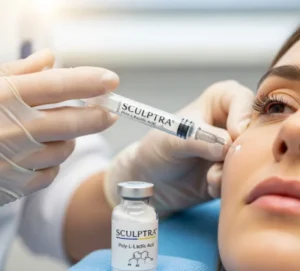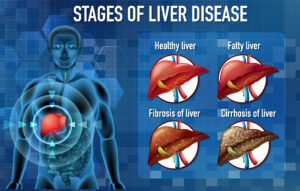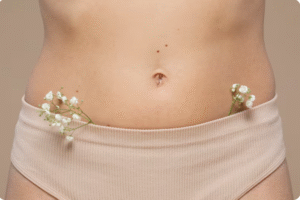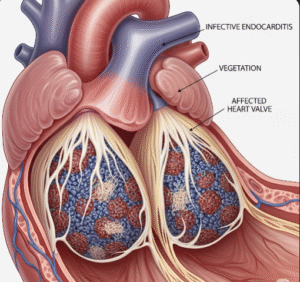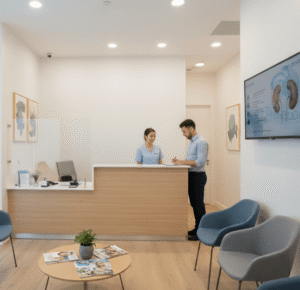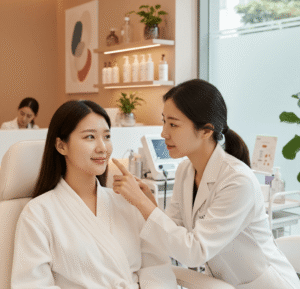What It Is
Facial fat grafting (also known as autologous fat transfer or lipofilling) is a cosmetic procedure that restores volume and improves facial contours by transferring purified fat from the patient’s own body (typically the abdomen, thighs, or hips) into areas of the face. Unlike fillers, this technique uses natural tissue, making it biocompatible and longer lasting.
In Korea, fat grafting to the face is among the most popular aesthetic procedures. Surgeons employ advanced fat purification, microcannula injection, and micro/nanofat techniques to ensure smoother results, higher fat survival rates, and natural rejuvenation.
Why It’s Done
Cosmetic Purposes:
- Restores volume lost with aging (hollows under the eyes, cheeks, temples).
- Softens deep wrinkles and folds (nasolabial folds, marionette lines).
- Improves symmetry and overall facial harmony.
- Enhances youthfulness without synthetic fillers.
Corrective Purposes:
- Repairs contour irregularities caused by trauma or previous surgery.
- Corrects asymmetry or depressions in the face.
Patient Considerations:
- Popular among patients in their 20s–50s seeking natural enhancement.
- Ideal for patients preferring long-term results over temporary fillers.
- Works best for individuals with sufficient donor fat for harvesting.
Alternatives
- Dermal Fillers (Hyaluronic Acid) – Non-surgical and temporary (6–12 months).
- Implants (Cheek, Chin, or Forehead) – Permanent, but involve foreign materials.
- Thread Lifts – Lift sagging areas but do not restore lost volume.
- PRP or Stem Cell Therapy – May improve skin texture but provide less dramatic volumization.
Preparation
- Consultation: Facial analysis and donor site selection.
- Health Screening: Blood tests and medical history review.
- Lifestyle Adjustments: Avoid smoking, alcohol, and blood-thinning medications.
- Fasting: If sedation or general anesthesia is planned.
How It’s Done
Type: Minimally invasive surgical procedure.
Duration: 1.5–3 hours depending on treated areas.
Procedure Steps:
- Fat harvested from donor sites via gentle liposuction.
- Fat purified and processed to isolate healthy fat cells.
- Using microcannulas, fat is injected into target facial areas in small layers.
- The surgeon sculpts and balances the face for smooth, natural contours.
Anesthesia: Local anesthesia with sedation, or general anesthesia for combined surgeries.
Hospitalization: Outpatient; patients return home the same day.
Recovery
- First Week: Swelling and bruising at both donor and injection sites.
- Pain Management: Mild discomfort managed with oral medications.
- Downtime: Most return to daily activities in 3–5 days.
- Final Results: Fat survival stabilizes after 2–3 months; results are long-lasting.
- Longevity: Some fat is reabsorbed, but remaining fat cells are permanent.
Possible Complications
- Swelling, bruising, or temporary numbness.
- Partial fat resorption leading to reduced volume.
- Asymmetry or irregular contours (may need touch-up grafting).
- Rare risks: infection, cyst formation, or fat necrosis.
Treatment Options in Korea
Diagnosis
- 3D Facial Imaging to analyze contour and volume deficits.
- Donor Site Assessment to identify best fat harvesting areas.
- Digital Simulations (in some clinics) to preview expected outcomes.
Medical Treatments
- Dermal fillers for temporary volume restoration.
- PRP, stem cell therapy, or skin boosters for mild improvements.
Surgical or Advanced Therapies
- Standard Fat Grafting: Single-session fat transfer for volume restoration.
- Microfat / Nanofat Techniques: For fine lines, under-eyes, and skin texture.
- Hybrid Procedures: Fat grafting combined with implants or fillers for balance.
- Revision Fat Grafting: Corrects irregularities or volume loss from prior surgeries.
Rehabilitation and Support
- Follow-up visits to monitor fat survival and symmetry.
- Scar-free donor site healing with modern liposuction tools.
- Clinics often provide scar care and touch-up options.
- International support includes translation, transport, and recovery care.

